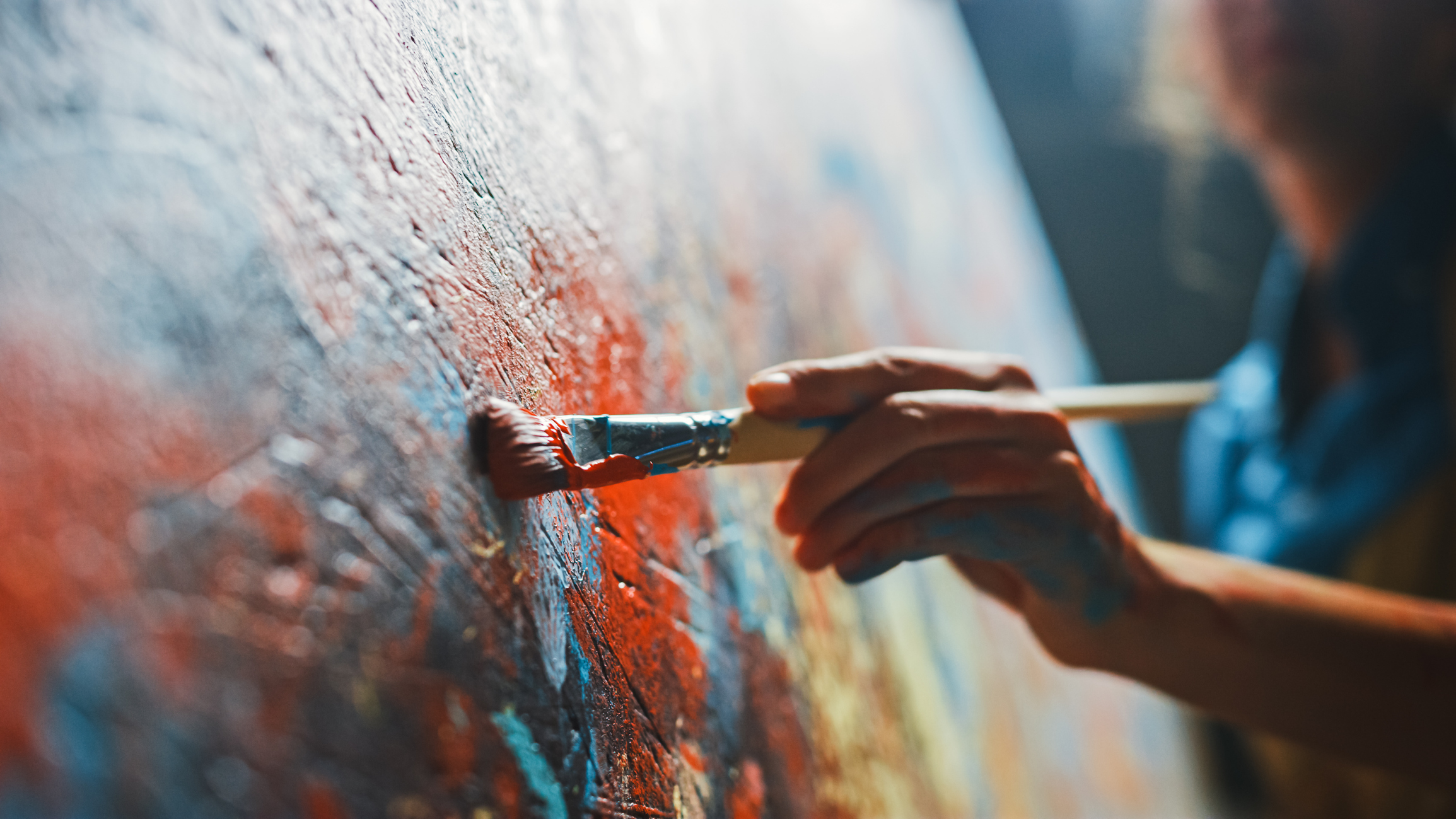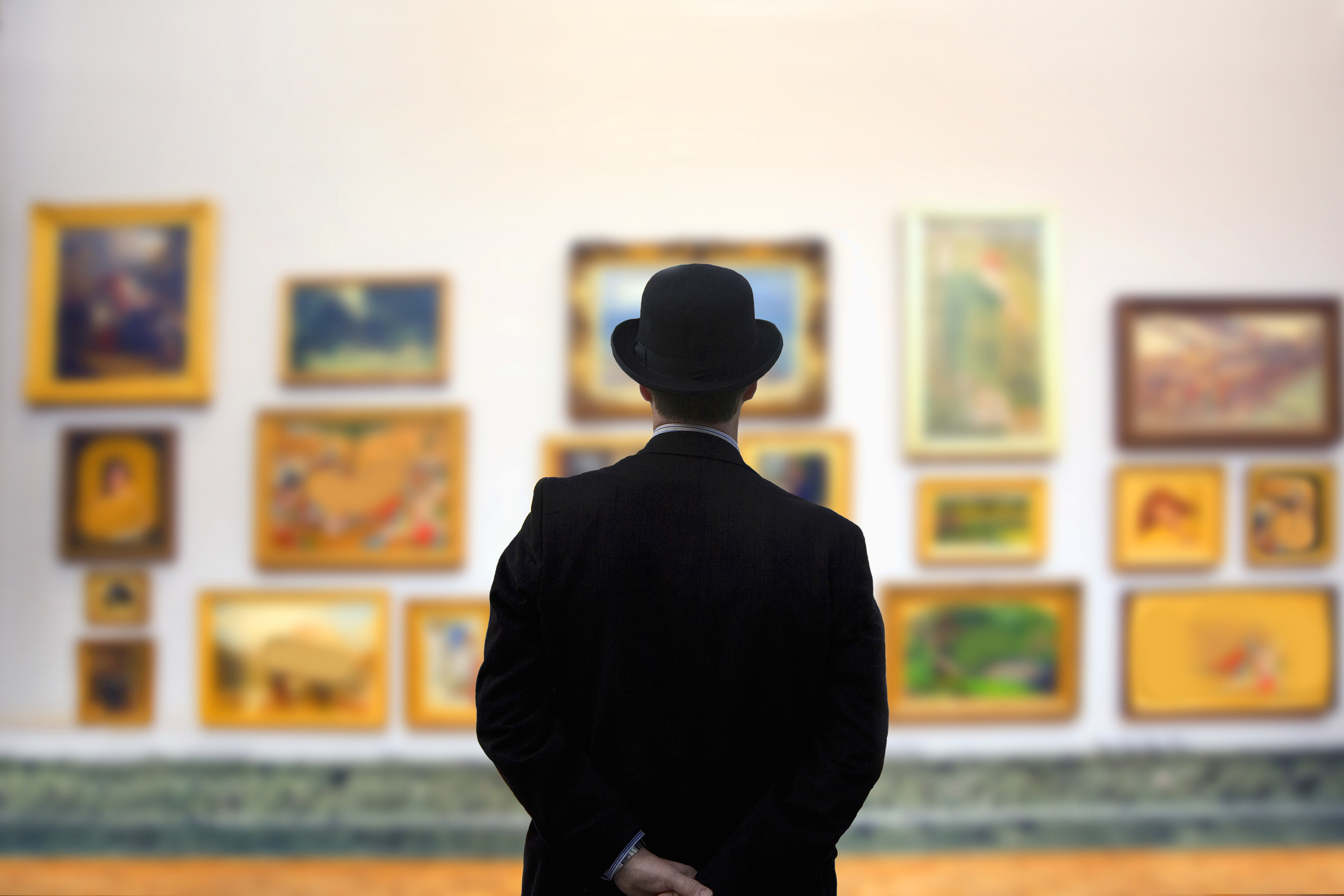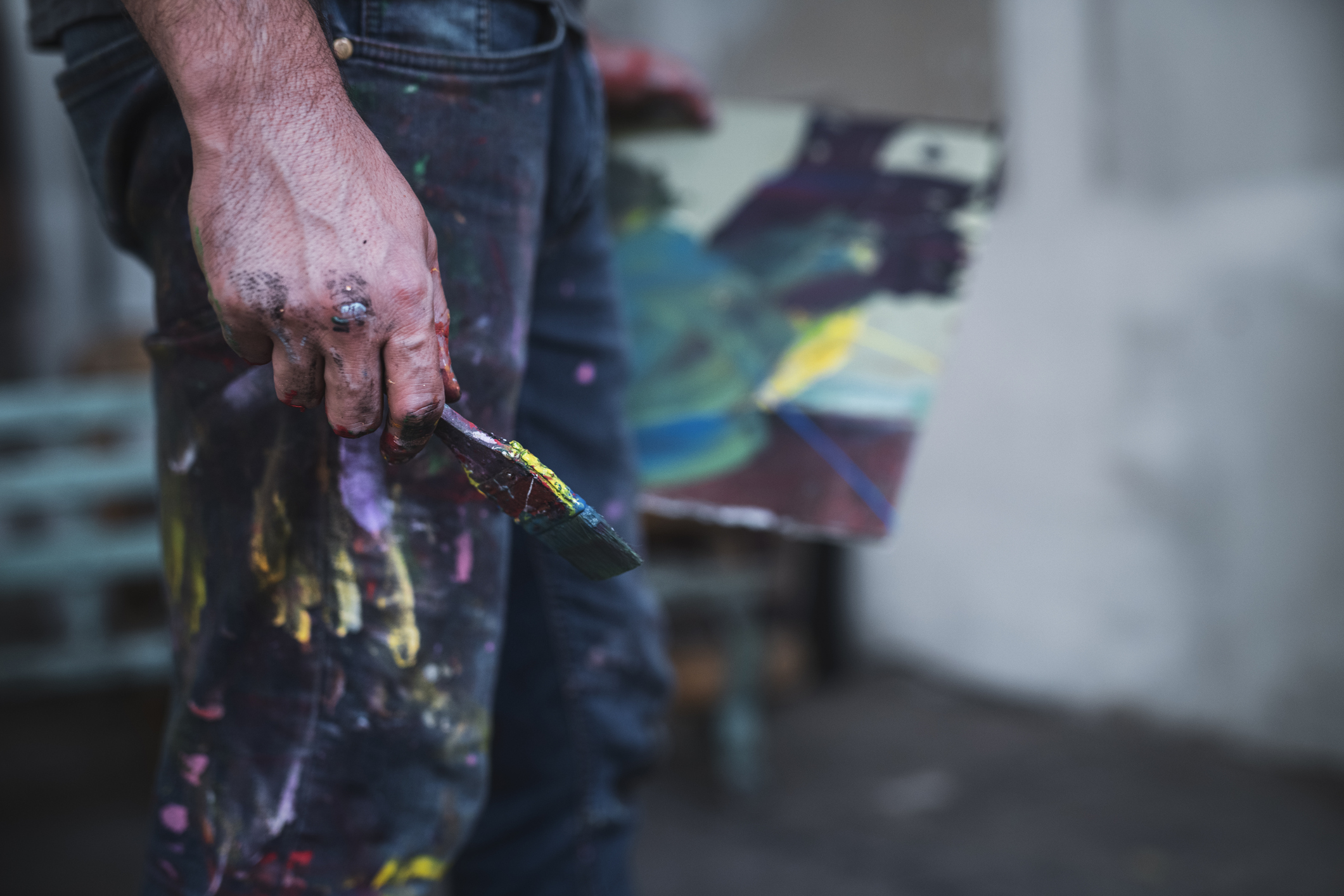A guide to reviving art on the Right.
Memes Are Not Enough

Conservative artists are missing the bigger picture.
In his essay “A Matter of Taste,” Spencer Klavan deservingly chastises conservatives for failing to produce great—or even serviceable—art.
Conservative commentators never fail to gang up on lefty bloopers—of which there are many. But the open secret is that we are the ones with a far greater culture problem. As Klavan explains, “[W]hen they need to, our progressive tastemakers know how to turn a phrase, cut a dash, and compose a hook.”
As somebody who has paid to see more than one movie solely to support conservative filmmakers, I tend to agree. Even artists on the Right whom one might expect to know how to make an engaging picture—because they have done so in the past—fail to entertain and instead beat the audience over the head with their message. I’m going to follow Klavan’s lead and not name any names, but my readers can probably think of examples themselves.
Klavan correctly diagnoses one big problem with right-of-center aesthetics—our low level of taste: “Conservatives like to skip the perception part and go straight to the political judgment part, which tends to make both our culture and our criticism dull.”
Too many of us, including some commentators who regularly opine on culture, have a narrow appreciation of art. The inability of much of the Right to understand modern art is probably the most obvious symptom. One doesn’t have to like Picasso—I can live without seeing most of his paintings ever again—but to articulate why he’s important is a necessary precondition for expanding aesthetic options available to conservative creators.
Developing good taste is a very conservative kind of exercise. It requires a diligent exploration of past achievements. And it’s not just that the traditionalist sensibility leans into the canon, regardless of the intent of the artist. The works of proven worthiness are ideologically aligned with our view of the world. Art emerges from facts of life, and facts of life, as Margaret Thatcher once quipped, are conservative.
Take, for instance, the poem Listen! by the Russian futurist Vladimir Mayakovsky. Mayakovsky was a lifelong Communist, yet in 1914 he wrote:
“Listen,
if stars are lit
it means—there is someone who needs it.
It means—someone wants them to be,
that someone deems those specks of spit
magnificent.
And overwrought,
in the swirls of afternoon dust,
he bursts in on God,
afraid he might be already late.
In tears,
he kisses God’s sinewy hand
and begs him to guarantee
that there will definitely be a star.
He swears
he won’t be able to stand
that starless ordeal.”
The poem, composed in Mayakovsky’s signature abrasive style, is about the stars of poetry who lit up the Russian cultural horizon in the late nineteenth and early twentieth centuries. Contrasting the muscular, even grotesque, language ruminating on the writer’s place in the world allowed Mayakovsky to reveal his tenderness.
Zooming out of the personal and historic details, the poem is a cry for meaning and faith. How did verses like that pop into an atheist’s head? Even the most transgressive works of art rely on concepts defined by eternal, God-given laws. If they succeed on an aesthetic level, it confirms these laws.
Consider Leonard Cohen’s vision of damnation, which was profoundly at odds with the popular “end of history” narrative that followed the fall of the USSR. Cohen might have been a man of the Left, but his verses can’t escape Judeo-Christian ideas of virtue and sin:
“Give me crack and anal sex
Take the only tree that’s left
Stuff it up the hole
In your culture
Give me back the Berlin wall
Give me Stalin and St. Paul
I’ve seen the future, brother
It is murder.”
The best art of the last few decades evades heavy-handed ideological pitfalls. Is Once Upon a Time in Hollywood a liberal or a conservative movie, and why would it matter? It matters to conservatives because we want a counterbalance to lefty propaganda. When conservatives ask for ideologically-aligned art, we are thinking of a mechanism to deliver our messaging to the mainstream and wish for celebrities who’d dare to sprinkle a bit of glamor on our movement.
Creating activist art that promotes our agenda without suffering personal losses is near impossible in contemporary America. Conservatives in the art world prefer to lay low, and the questionable quality of overtly conservative art is a consequence of that reality.
The circumstances of Mayakovsky’s Listen! are illuminating in this regard. The poem is written about the Silver Age of Russian poetry—one of the most productive periods in Russian literature, blessed with many greats. This was the era of experimentation that brought out a myriad of literary movements—Futurists, Symbolists, and Acmeists, as well as multiple poets who refused to join any particular groups.
As Friedrich Engels observed, quantity begets quality. Many gifted people contemporaneously getting into poetry have an opportunity to share their achievements, react to artistic rivals, and challenge friends.
Today, left-wing artists benefit from decades of similarly open creative camaraderie. There exists a certain lexicon from which they can draw to deliver a message. For instance, everyone knows what a raised fist represents. A naïve audience may see no more than a masculine assertion of power in the vein of Mayakovsky (the facts of life are conservative, remember). Yet, since the image has been used by communist propaganda for decades—and invented by people who studied Mayakovsky diligently—it happens to be associated with their causes.
Artists on the Right are missing an opportunity to develop their own language to communicate their worldview. Right-of-center creatives take their ingenuity elsewhere—Klavan rightly notes that the Right has formed online communities which produce a considerable amount of ingenious memes:
There is one area, though, where the Right exhibits pretty good taste, and that’s online. It’s well known at this point that the world of young dissidents is a carnival of memery, renegade publishing, and tech-enabled artistic experimentation. Like most artists, the impish Bohemians of what was once called the New Right are more instinctively creative than they are philosophically rigorous.
But there is a considerable difference between working within the established mass culture, which requires a significant input of capital to produce a product, and anonymously producing images that are meant for online warfare.
Unfortunately, most of the memes are crafted for the moment; they are not expected to have the half-life of a poster, let alone a popular song or a film. A meme is good for a laugh, but would an art show of memes draw an audience? Take it as a challenge.
Conservative artists have two options. One, find benefactors to sponsor them in hopes of eventually producing worthy work. And two, get into an art form with a cheap buy-in—hint: not cinema—and connect with others who share similar interests. Of course, there are no promises. A vibrant conservative art scene might just not happen at this time in history.
The American Mind presents a range of perspectives. Views are writers’ own and do not necessarily represent those of The Claremont Institute.
The American Mind is a publication of the Claremont Institute, a non-profit 501(c)(3) organization, dedicated to restoring the principles of the American Founding to their rightful, preeminent authority in our national life. Interested in supporting our work? Gifts to the Claremont Institute are tax-deductible.
Remedying the Right’s disastrous forays into culture.
The Left’s war on culture is a historic opportunity for the Right.
Conservatives must snub political kitsch for aesthetic greatness.
Between provocation and propaganda.
What we talk about when we talk about culture.






